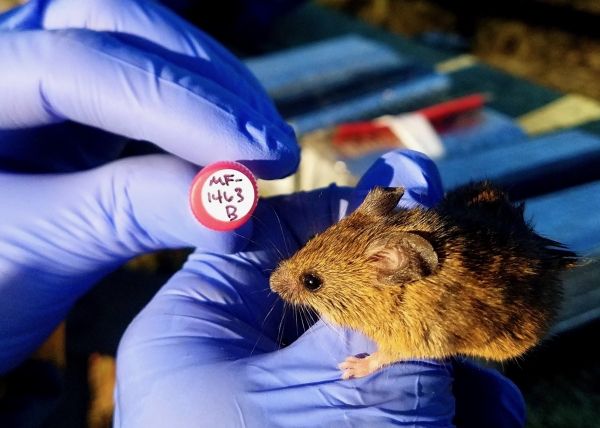It’s hard to save what you can’t identify. That’s been a problem for the endangered salt marsh harvest mouse, which is found only in the salty, brackish waters of the San Francisco Bay Area. The mouse competes for space with about eight million humans, and more than three-quarters of its habitat has been eaten by development and land conversion. That loss is expected to increase amid rising sea levels.
Conserving the population has proven tricky, in part because it looks so much like another mouse in the area—the western harvest mouse—that is abundant throughout western U.S.
But scientists from UC Davis have developed a tool, a “decision tree,” that has been able to differentiate the doppelgängers with up to 99% accuracy, without the need for genetic analysis.
“If people misidentify the species, they have a false impression that they’re doing well,” said Mark Statham, a researcher with the Mammalian Ecology and Conservation Unit within the UC Davis School of Veterinary Medicine.
Read more at University of California - Davis
Image: A salt marsh harvest mouse is identified in the field at Point Pinole in the San Francisco Bay. (Credit: Laureen Barthman-Thompson)


